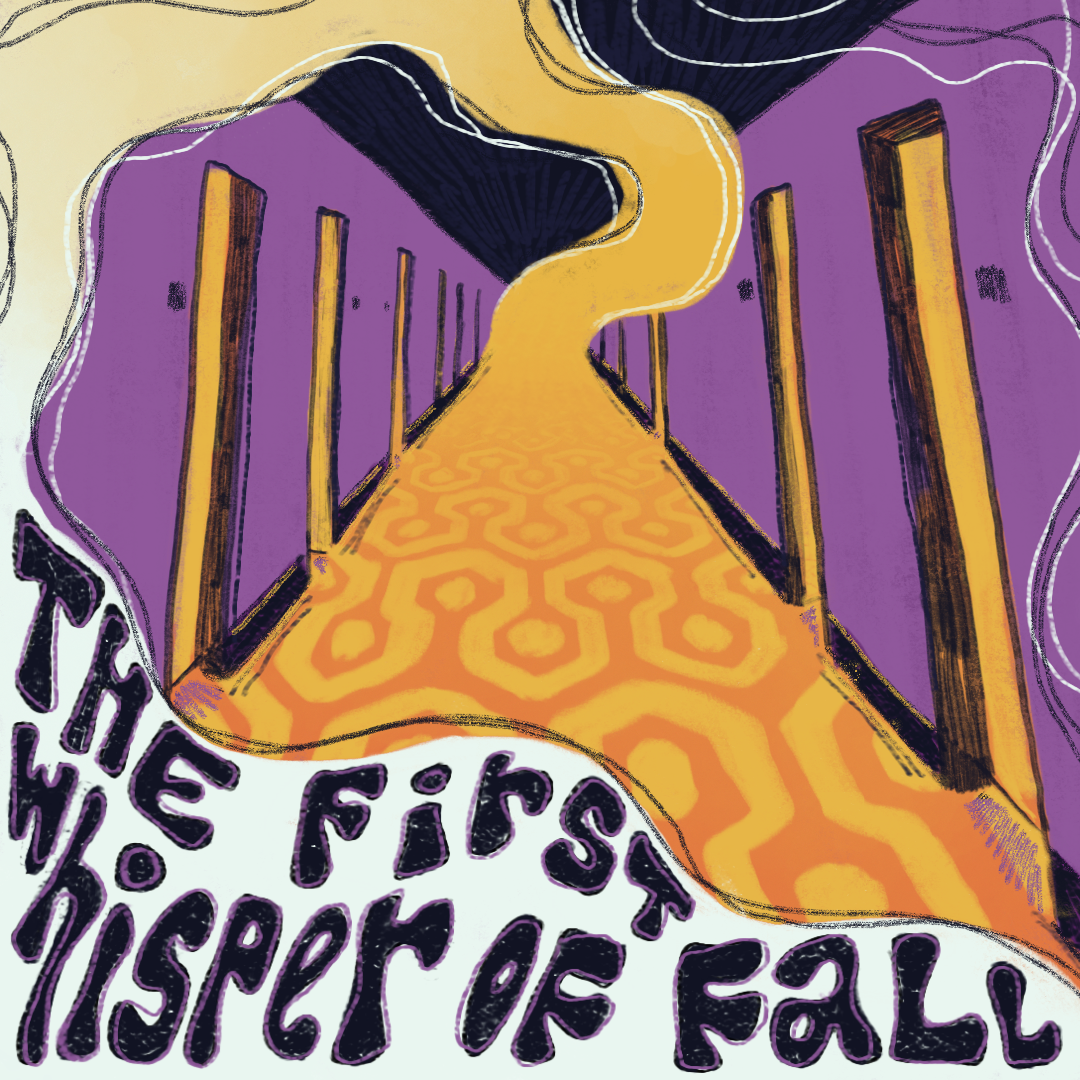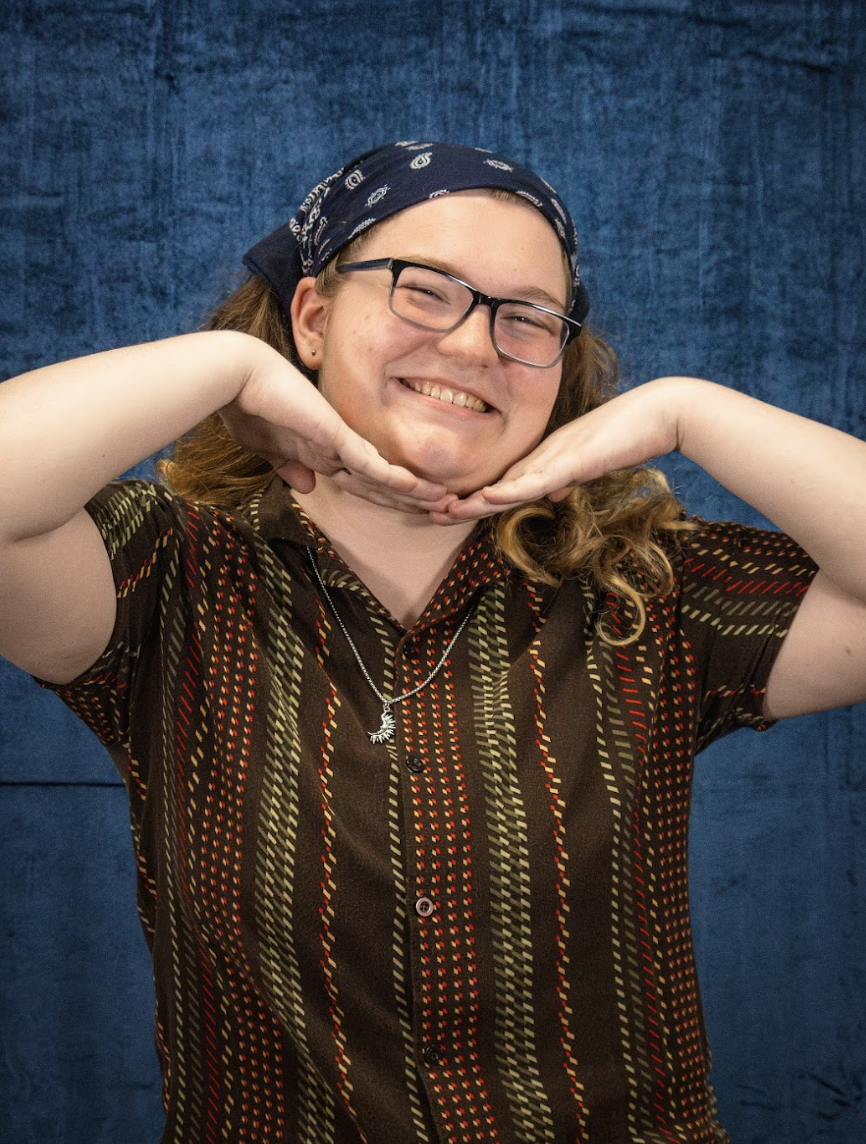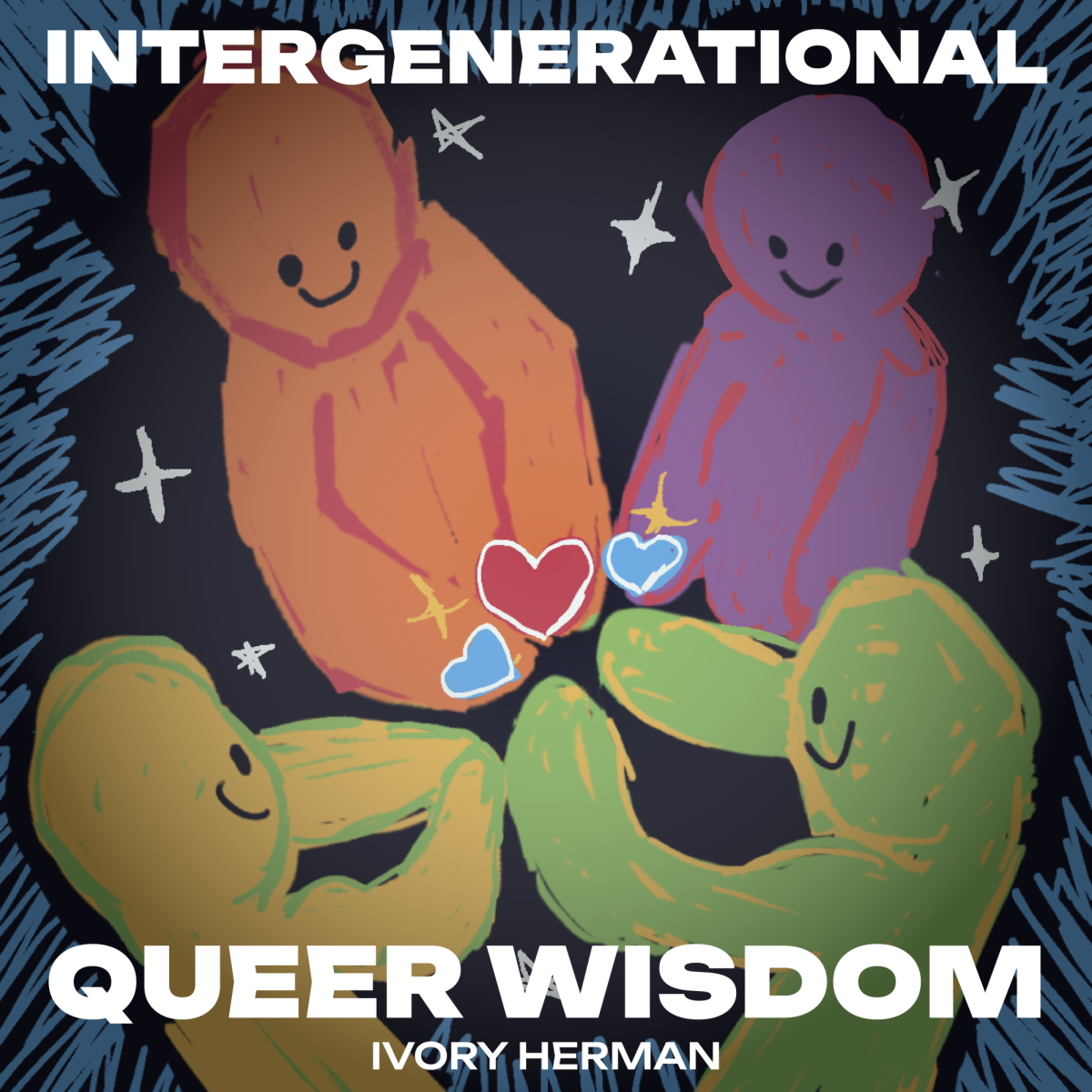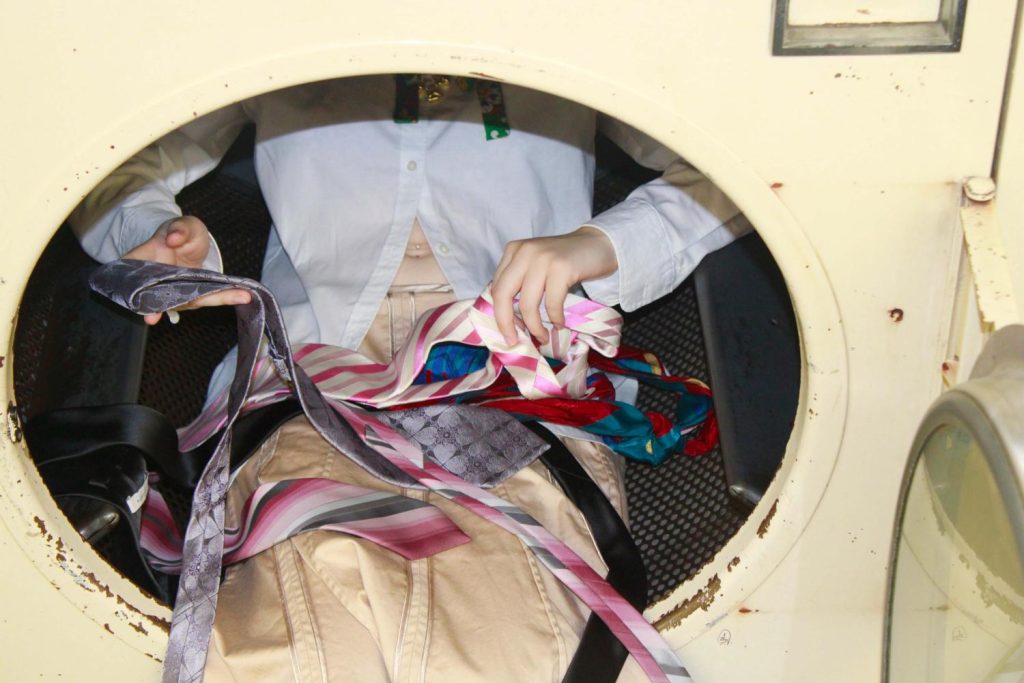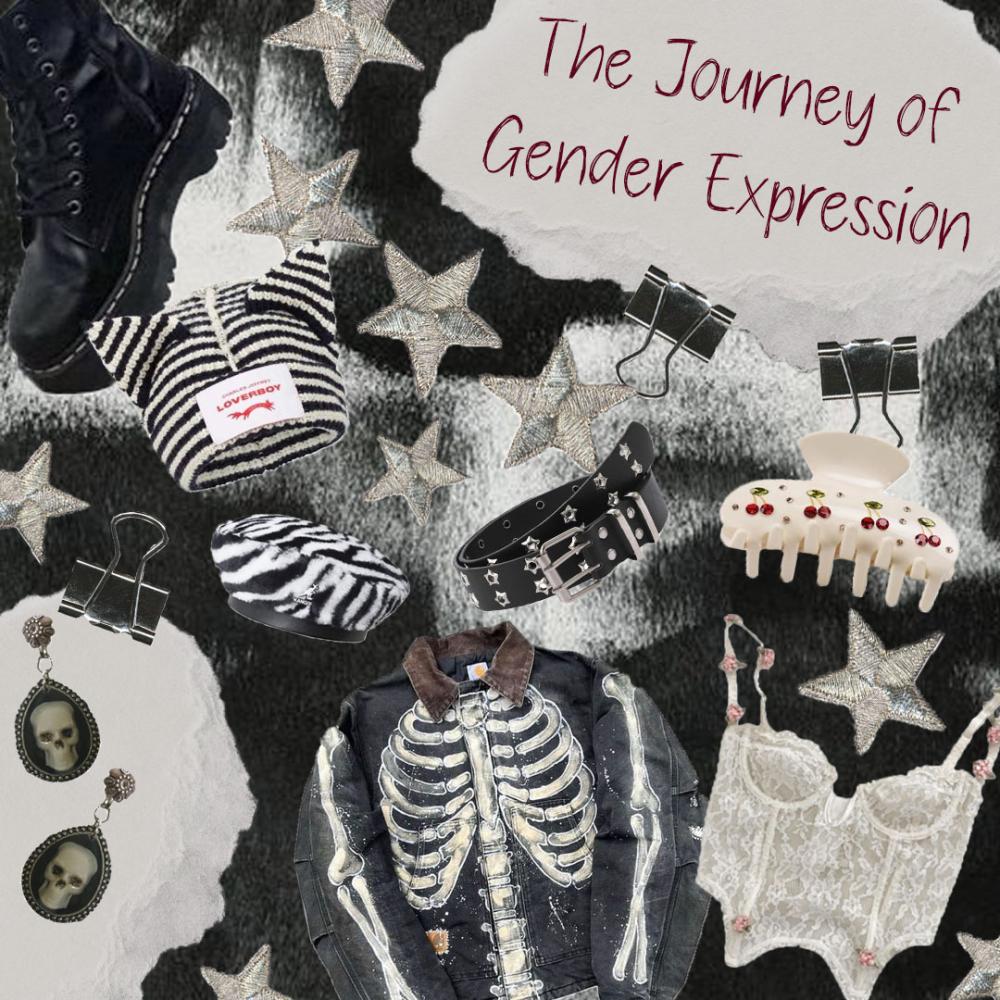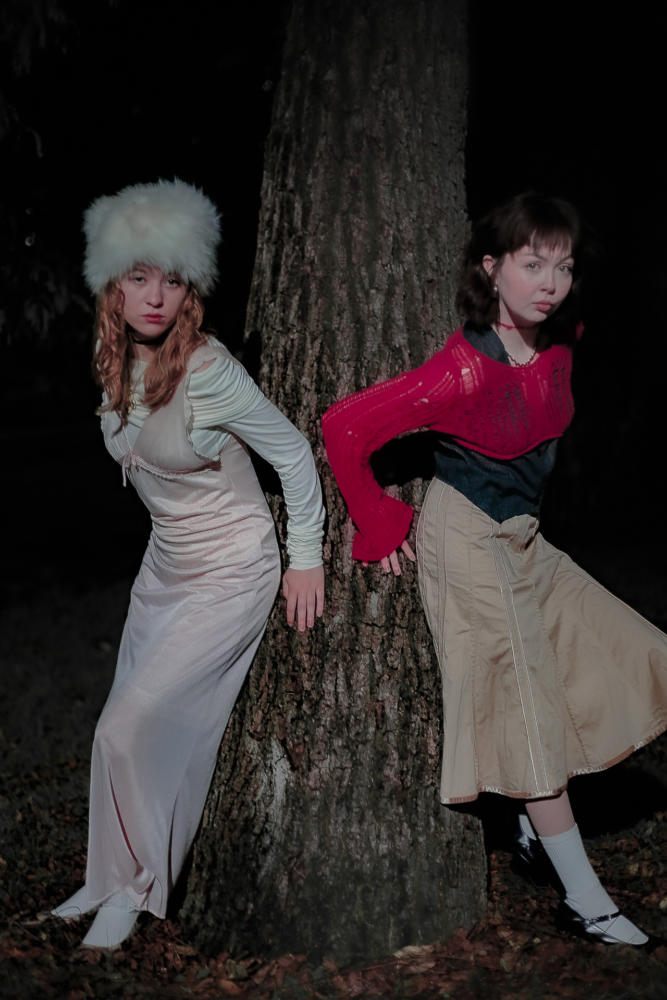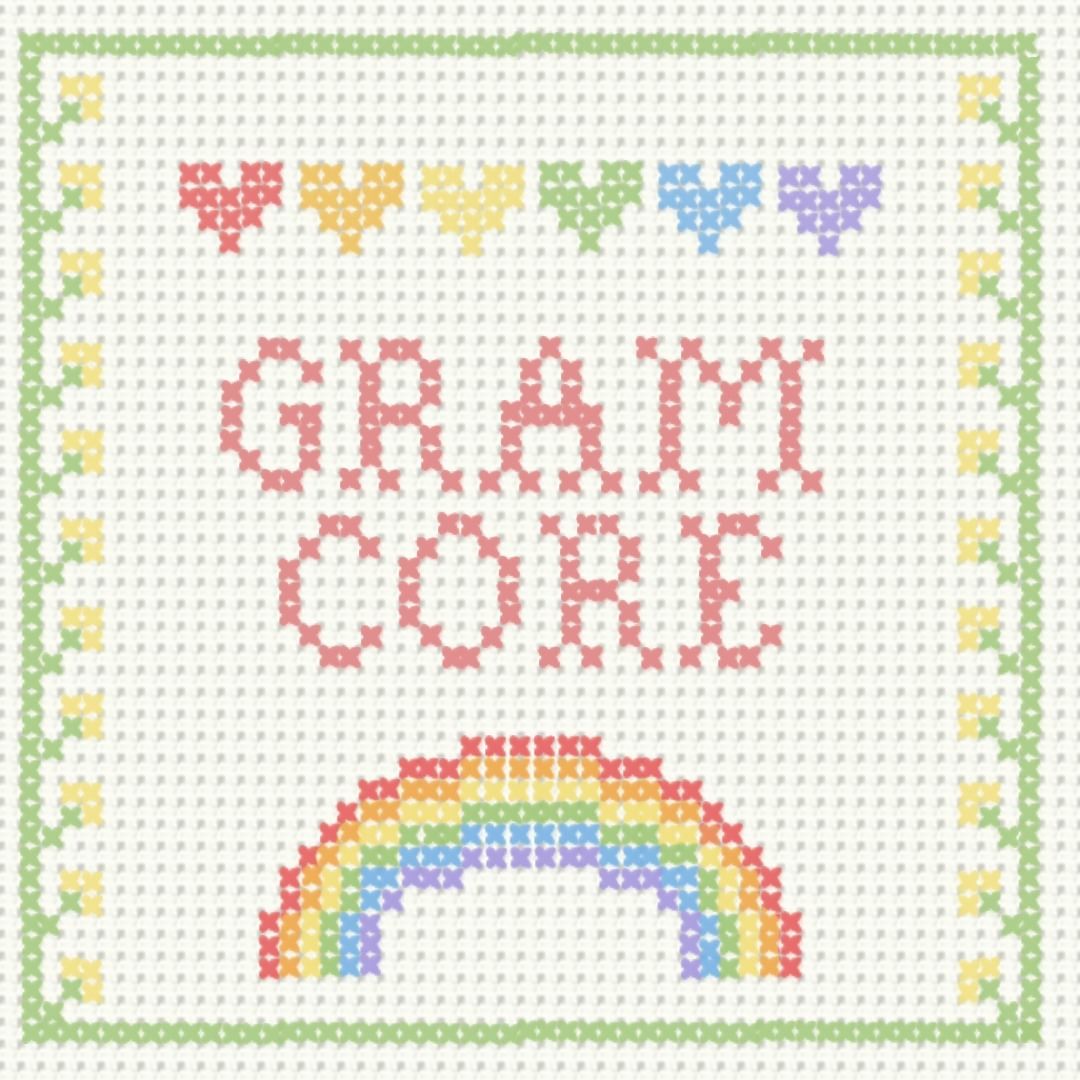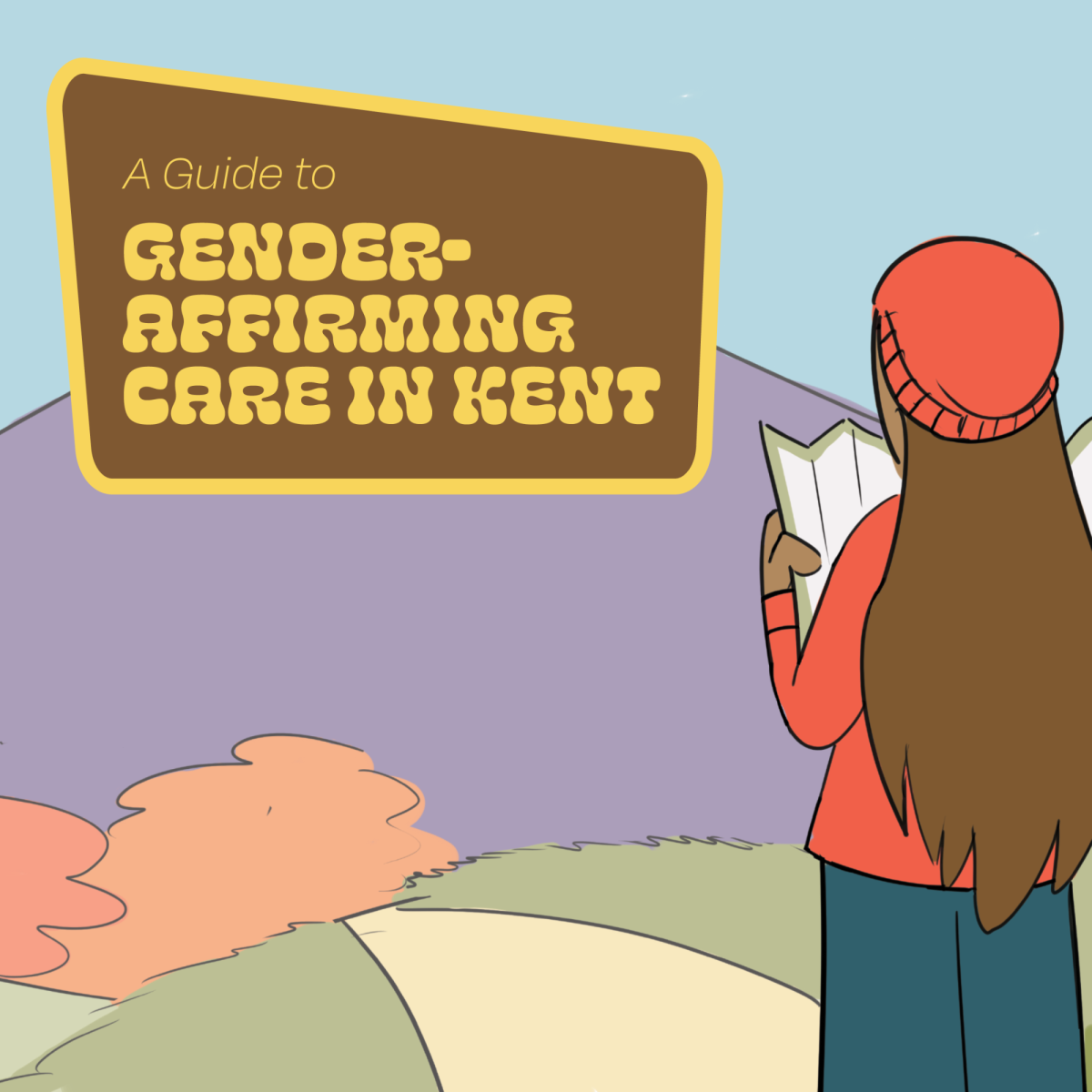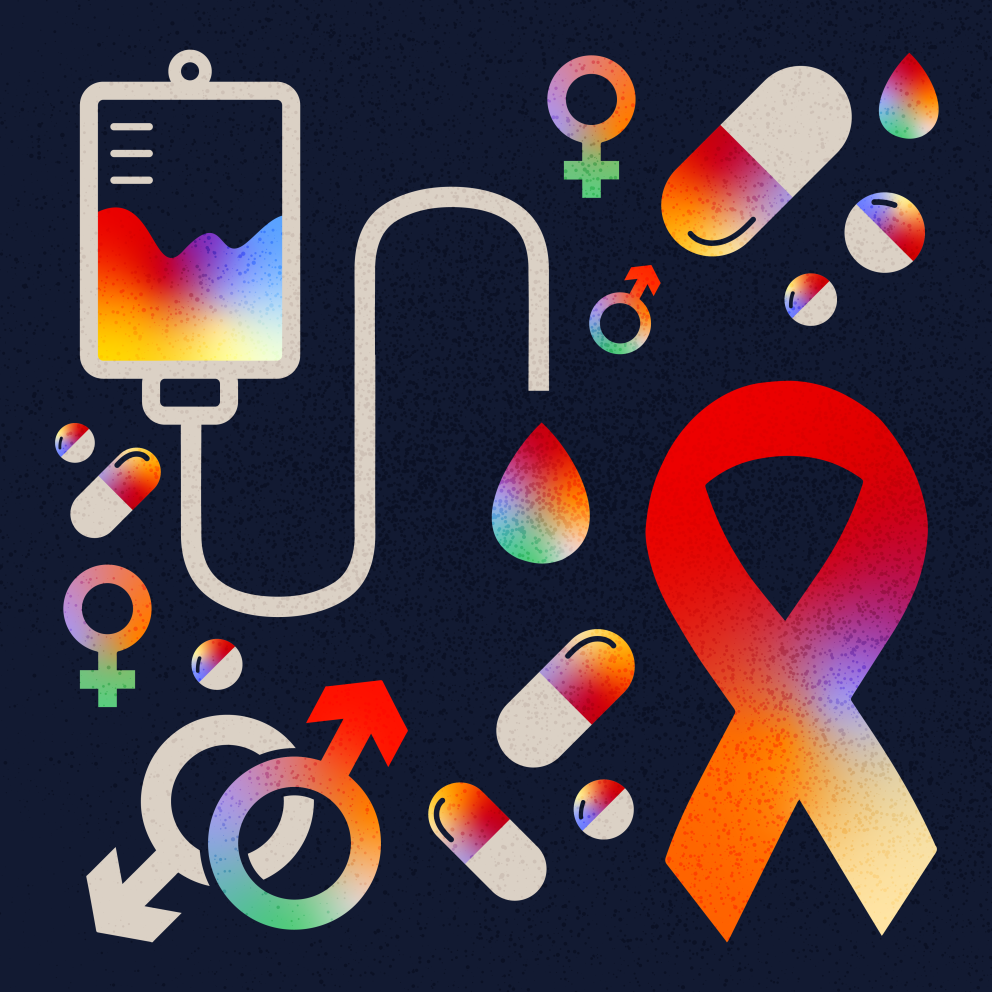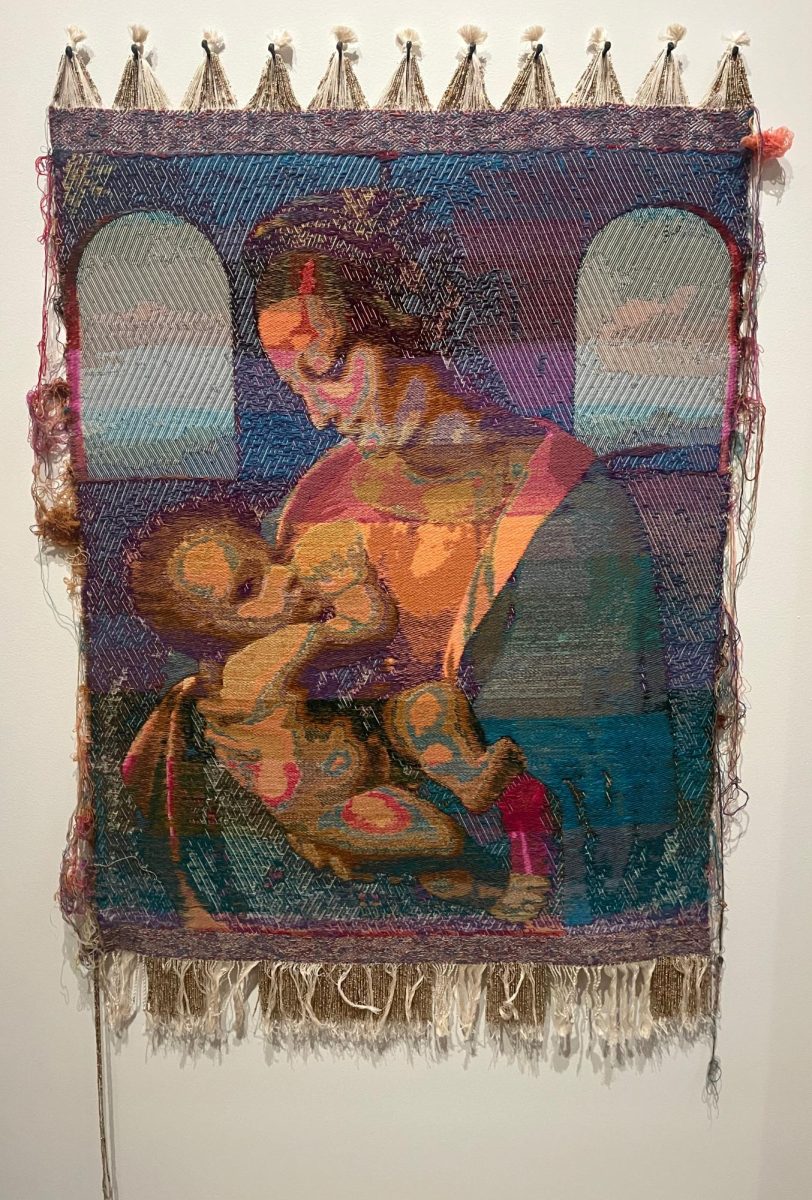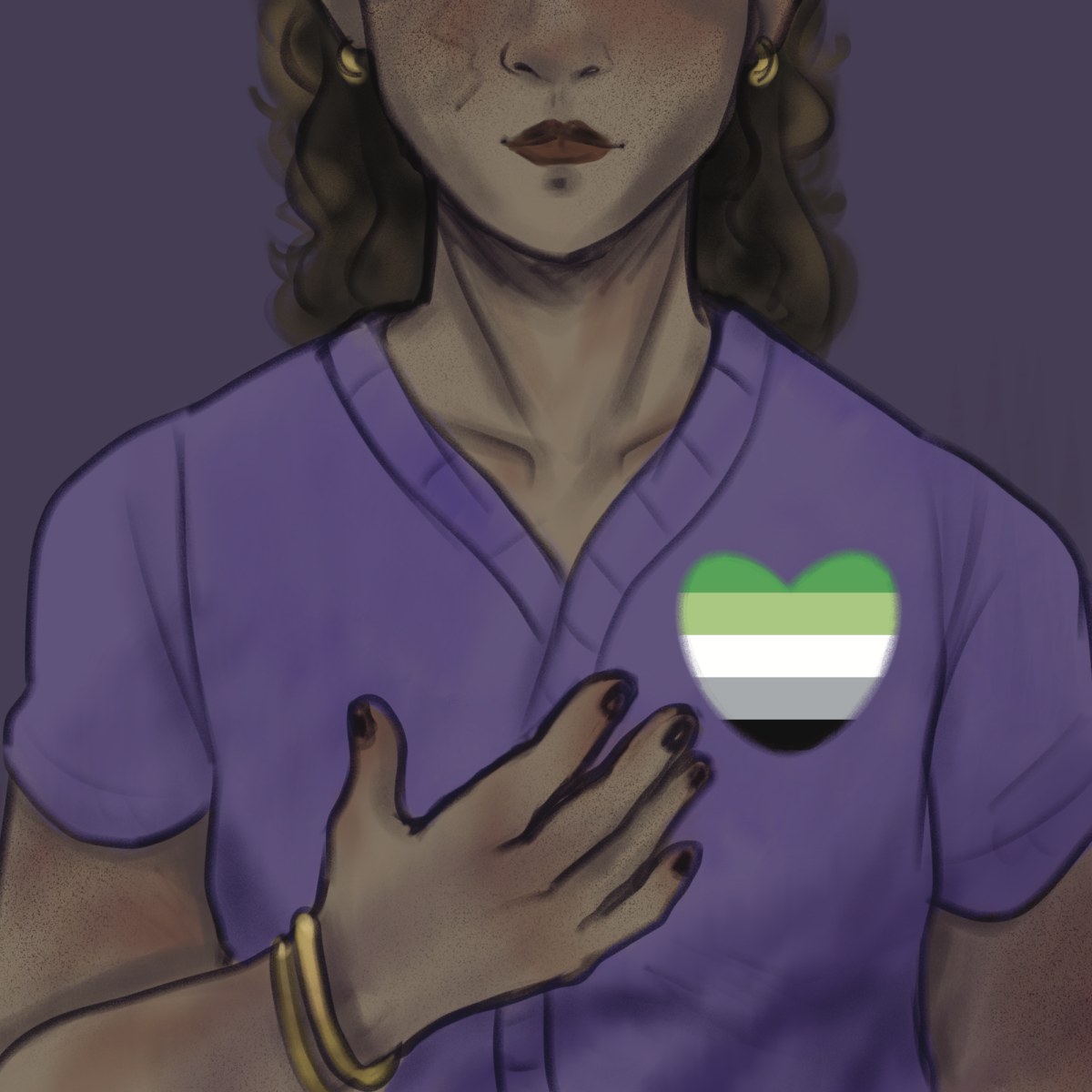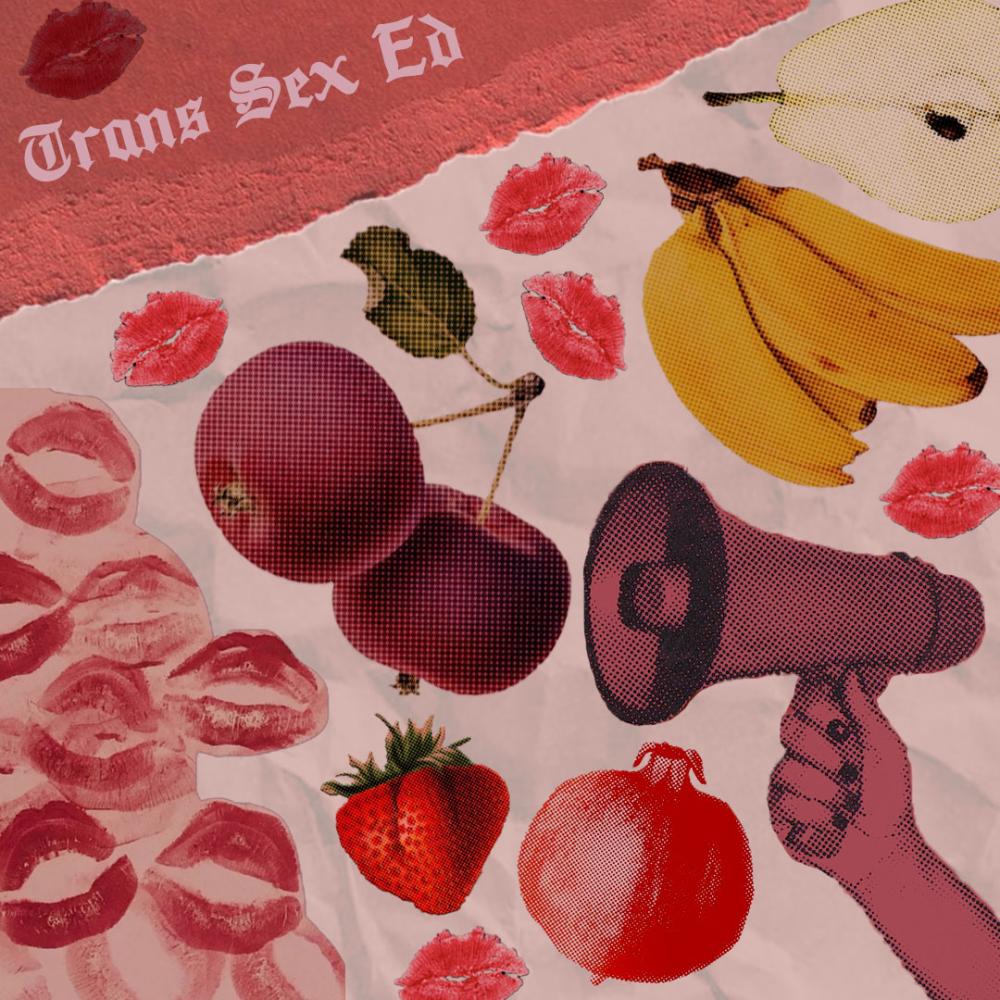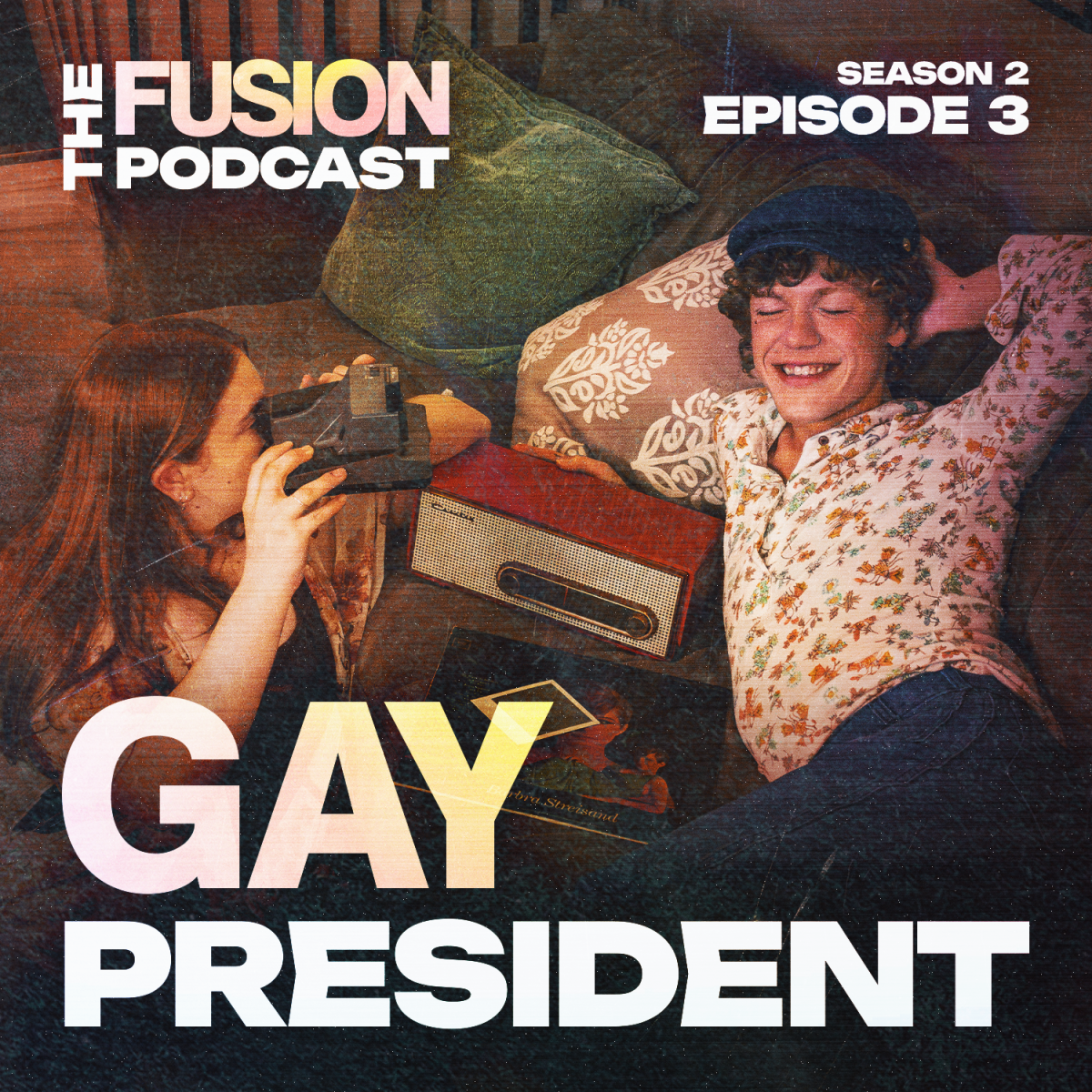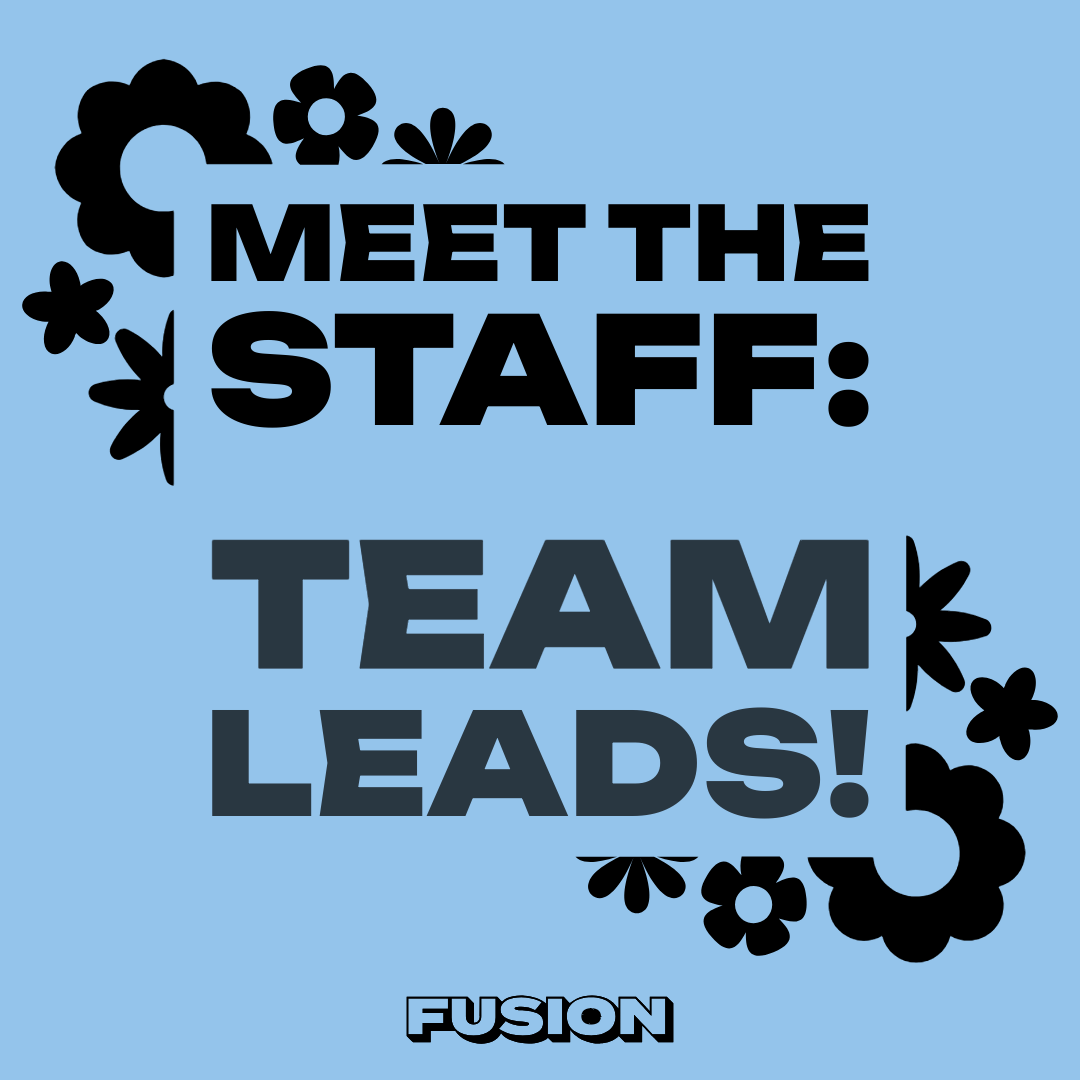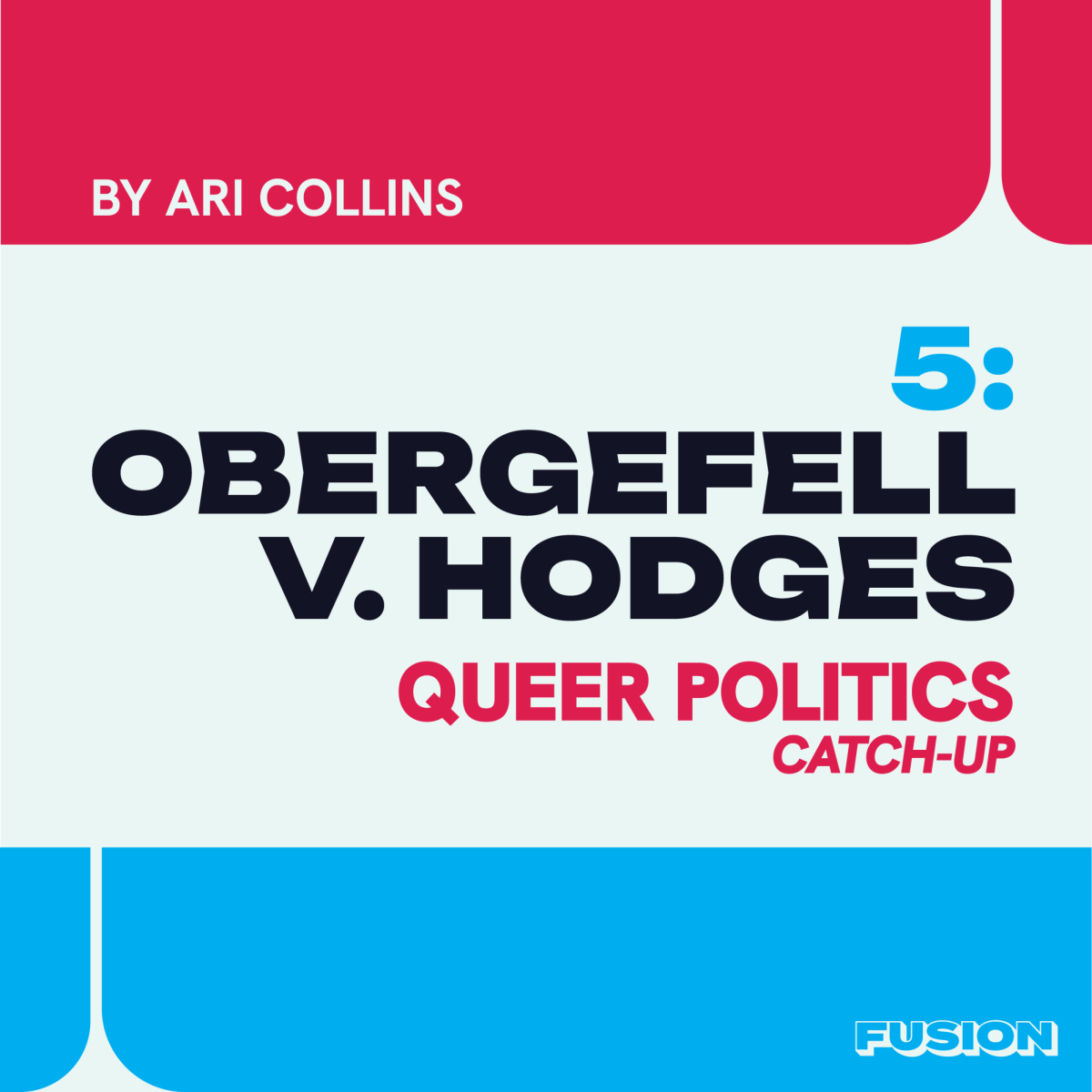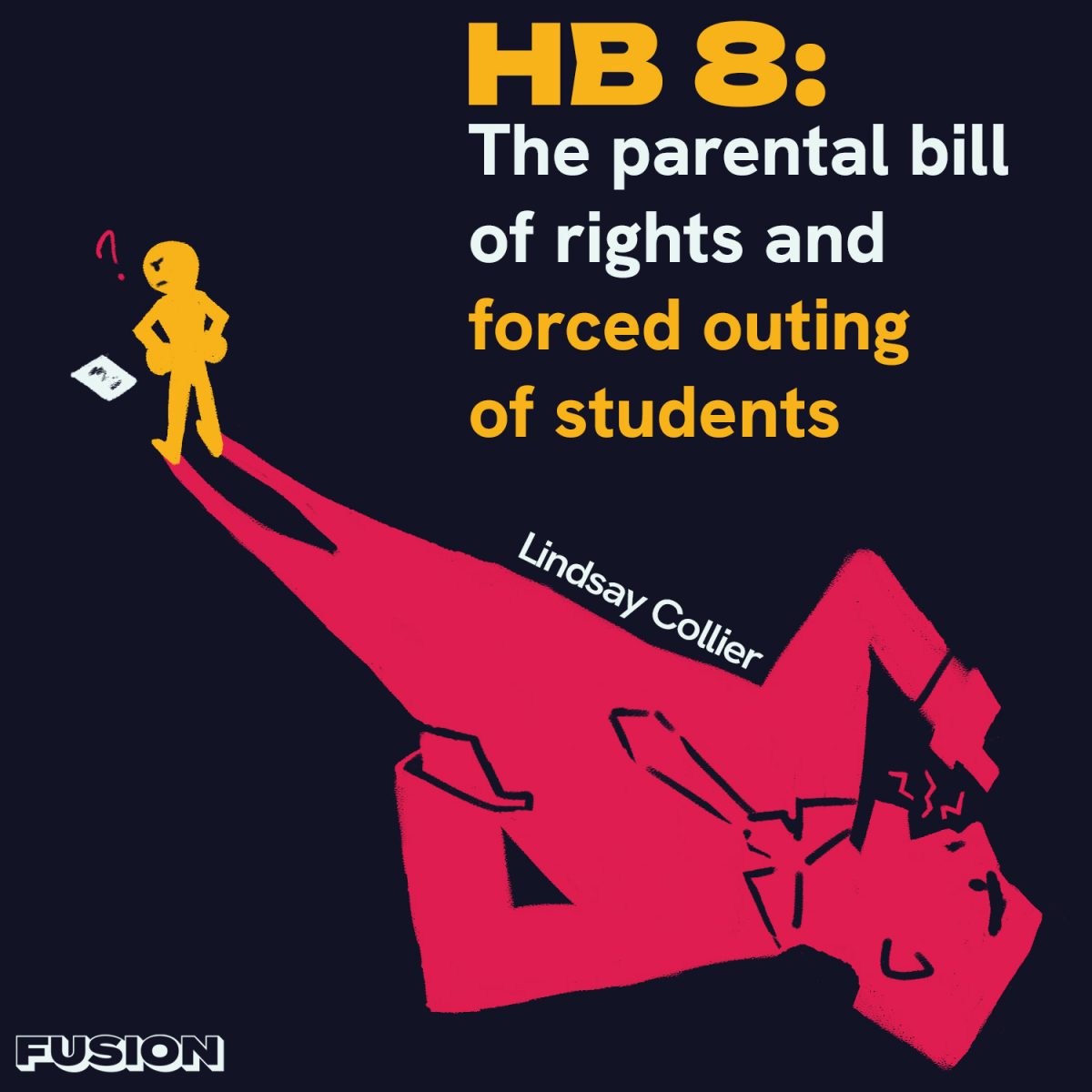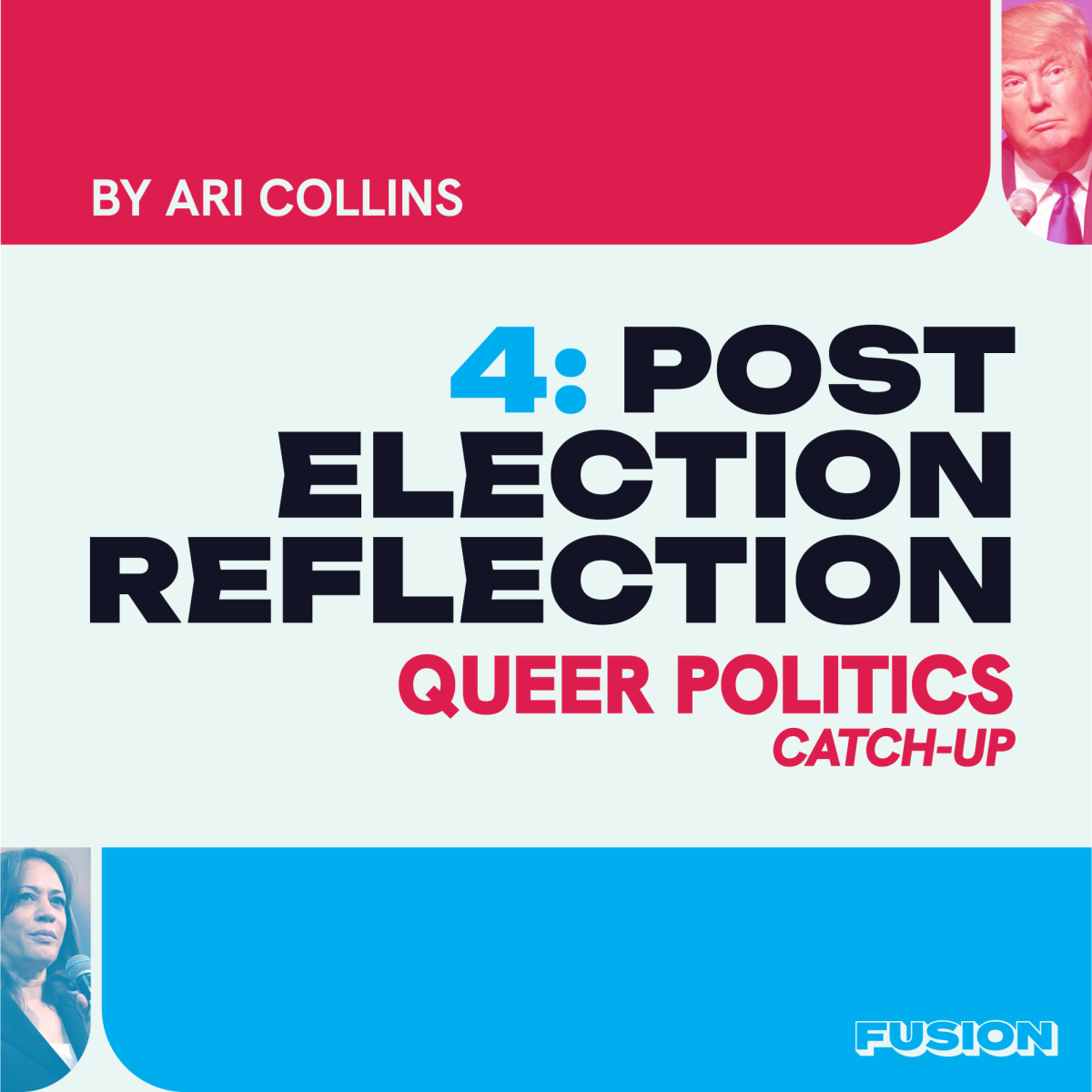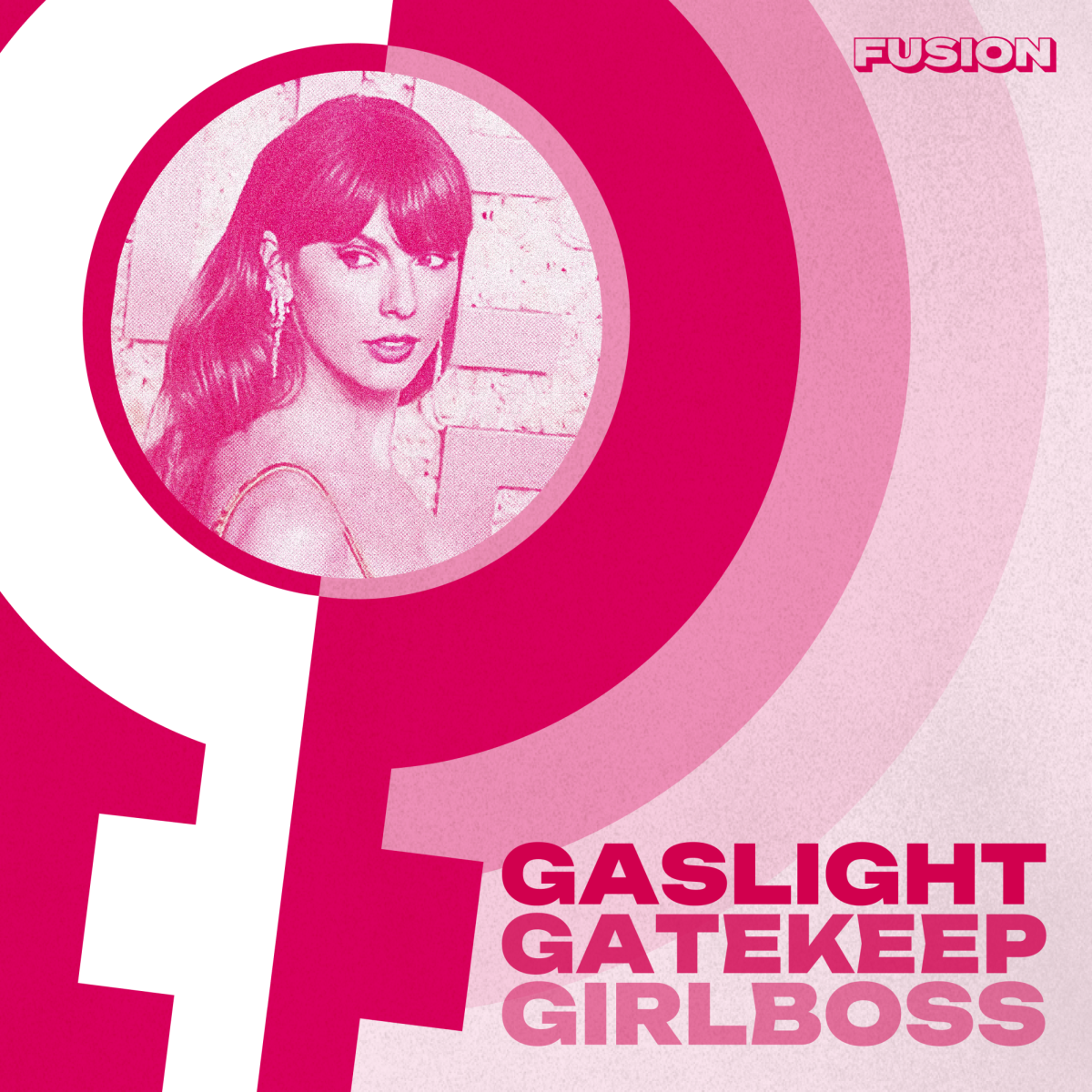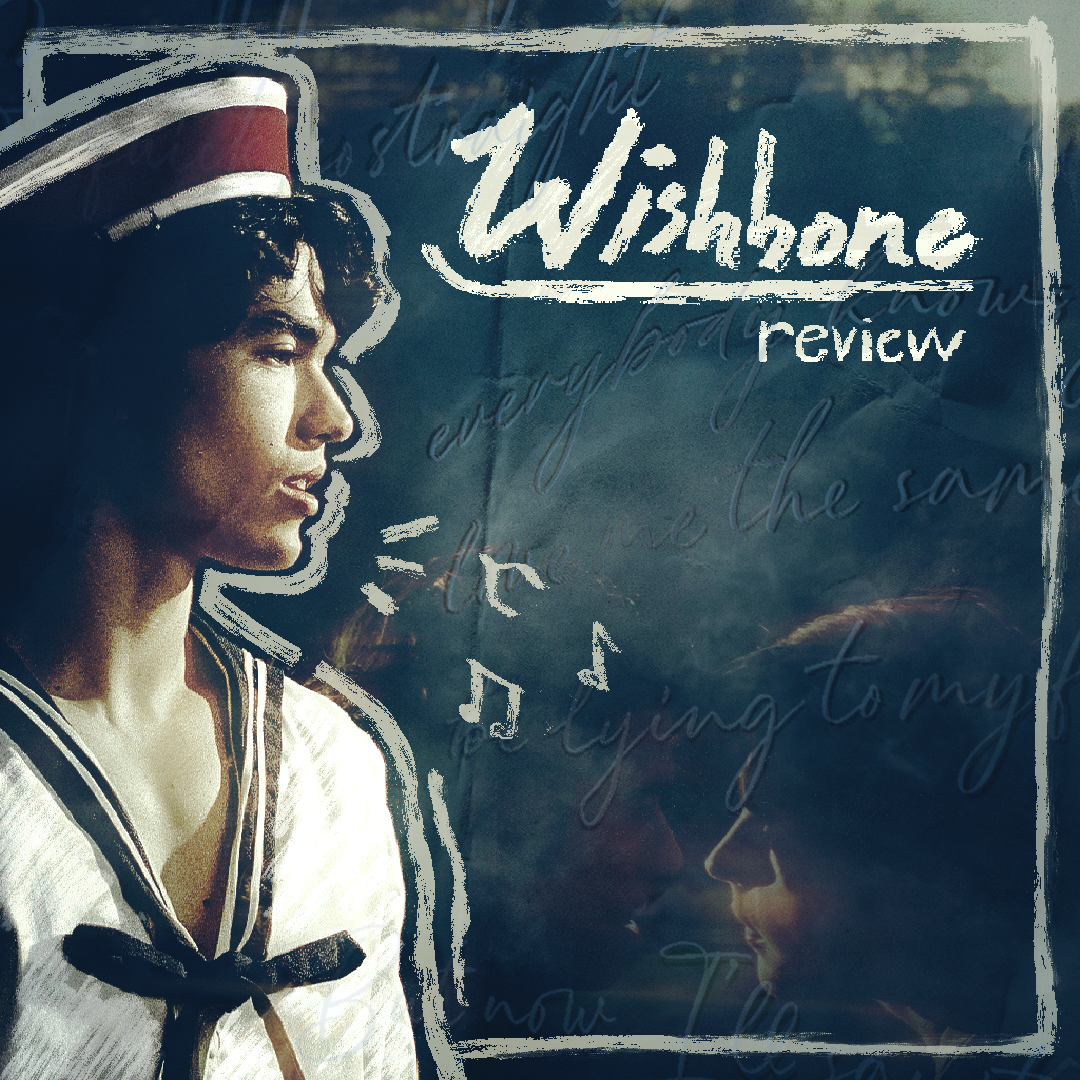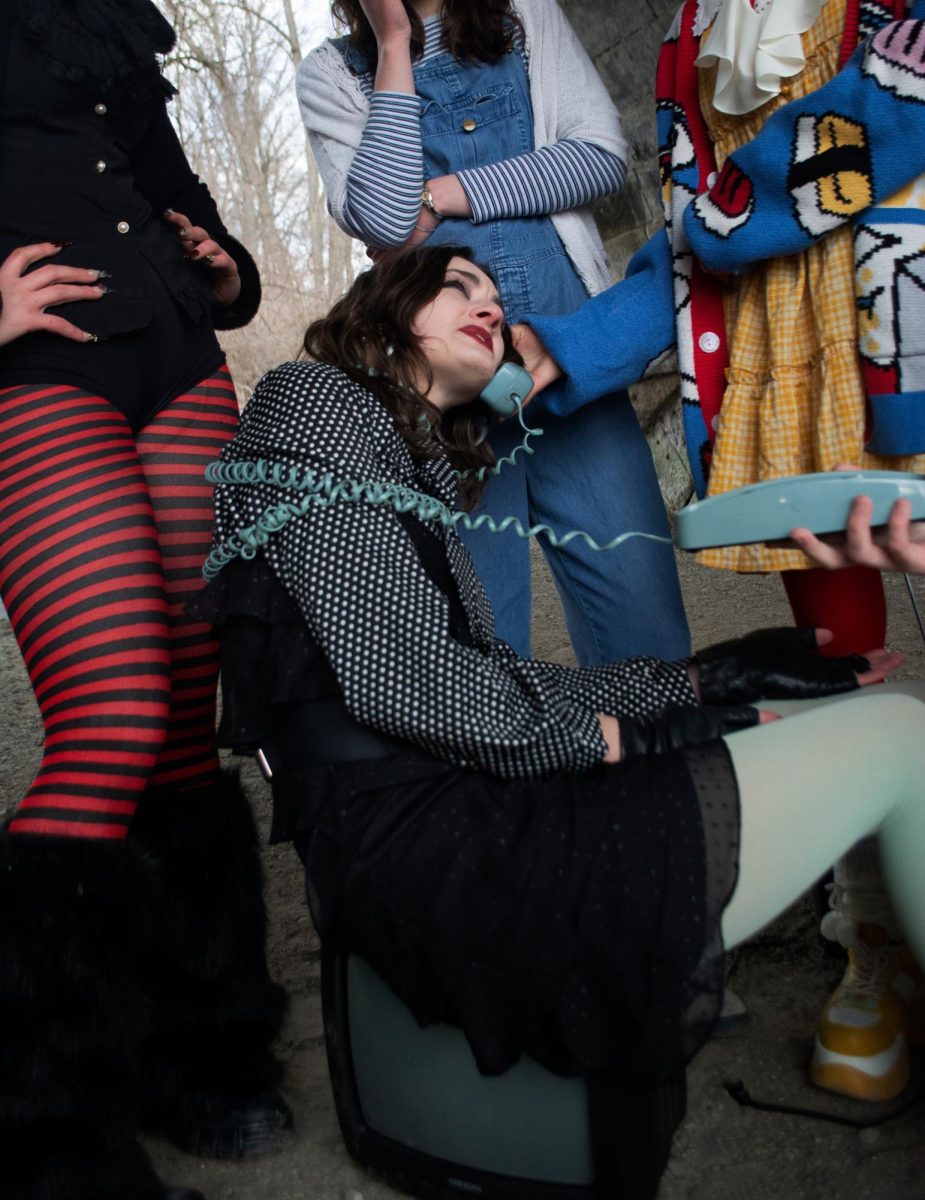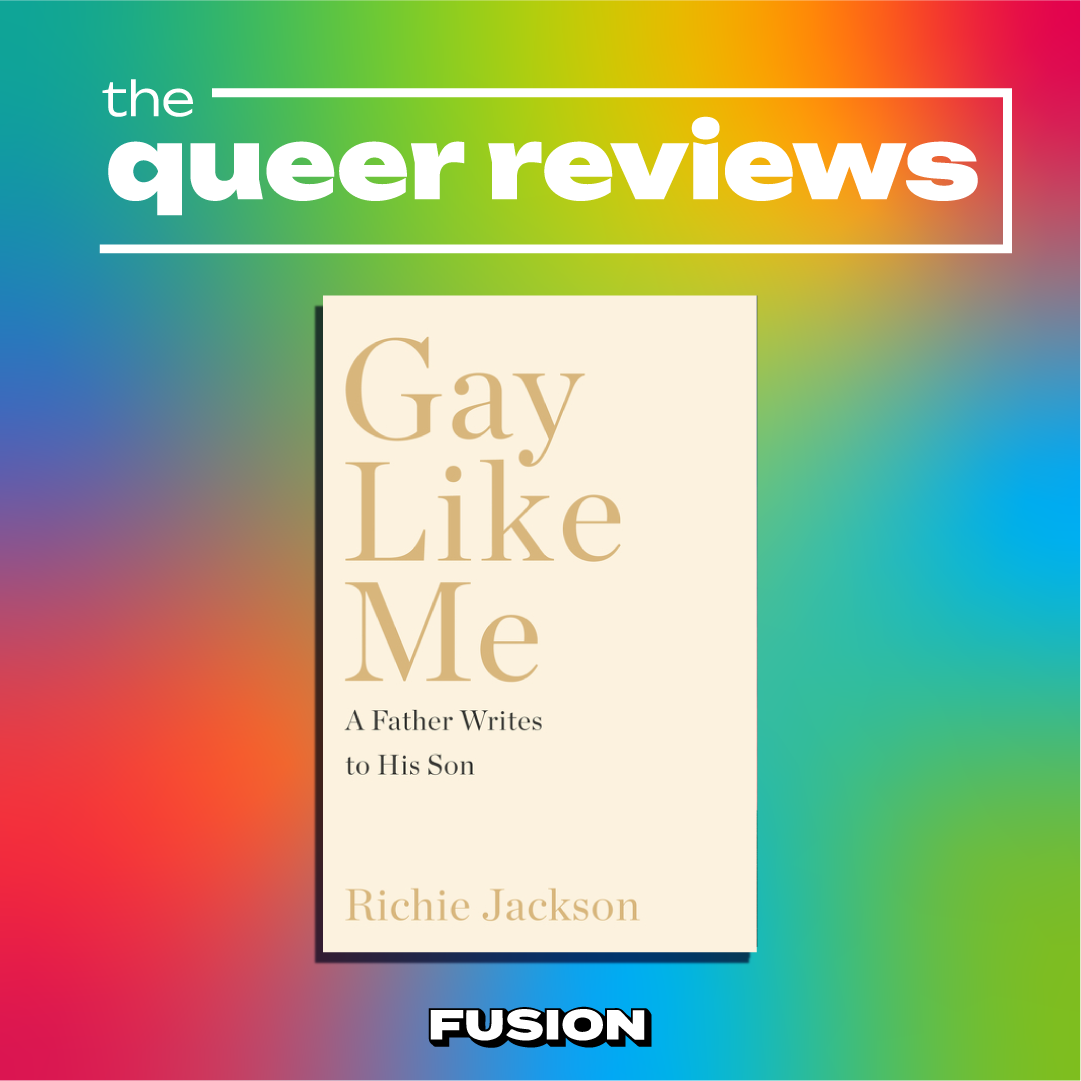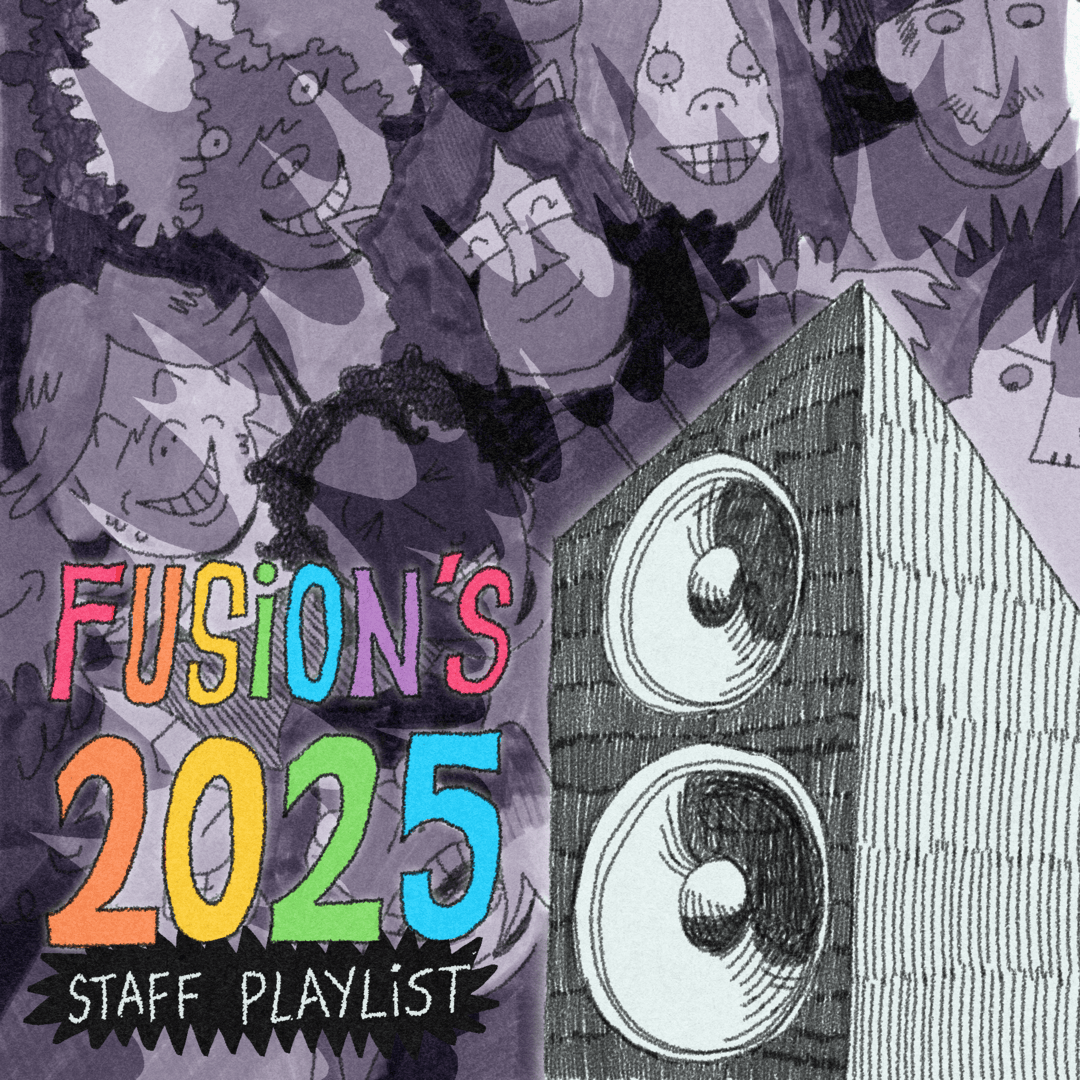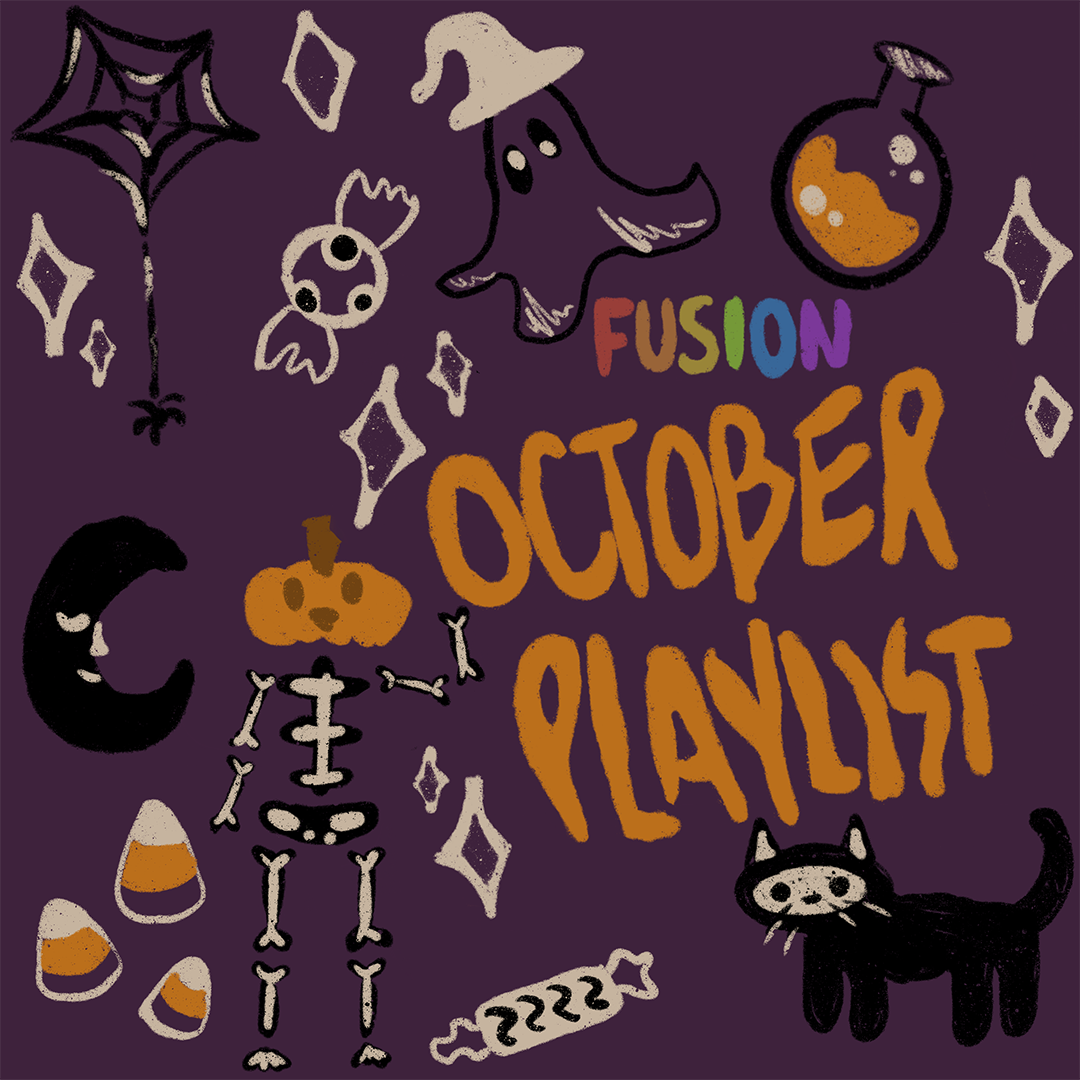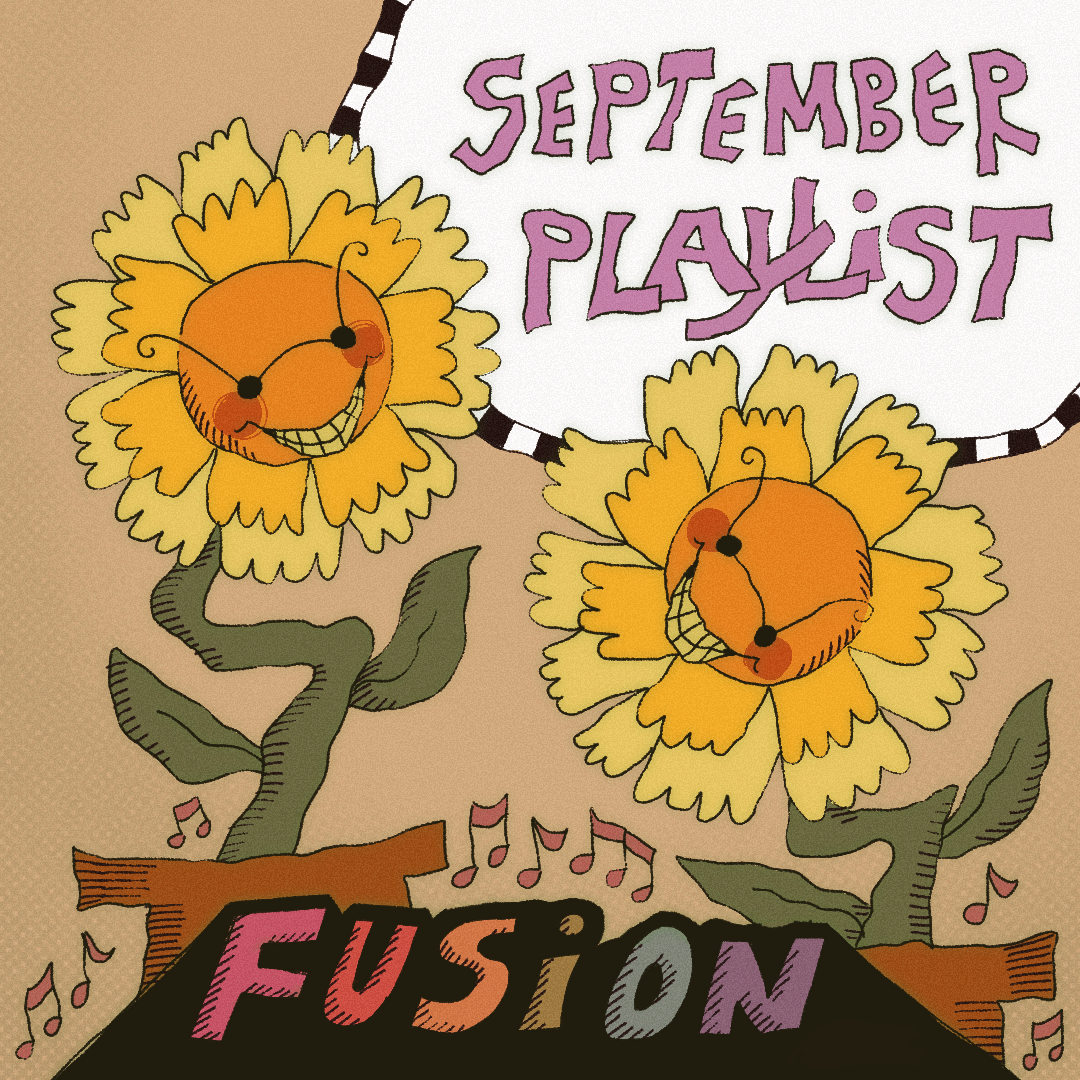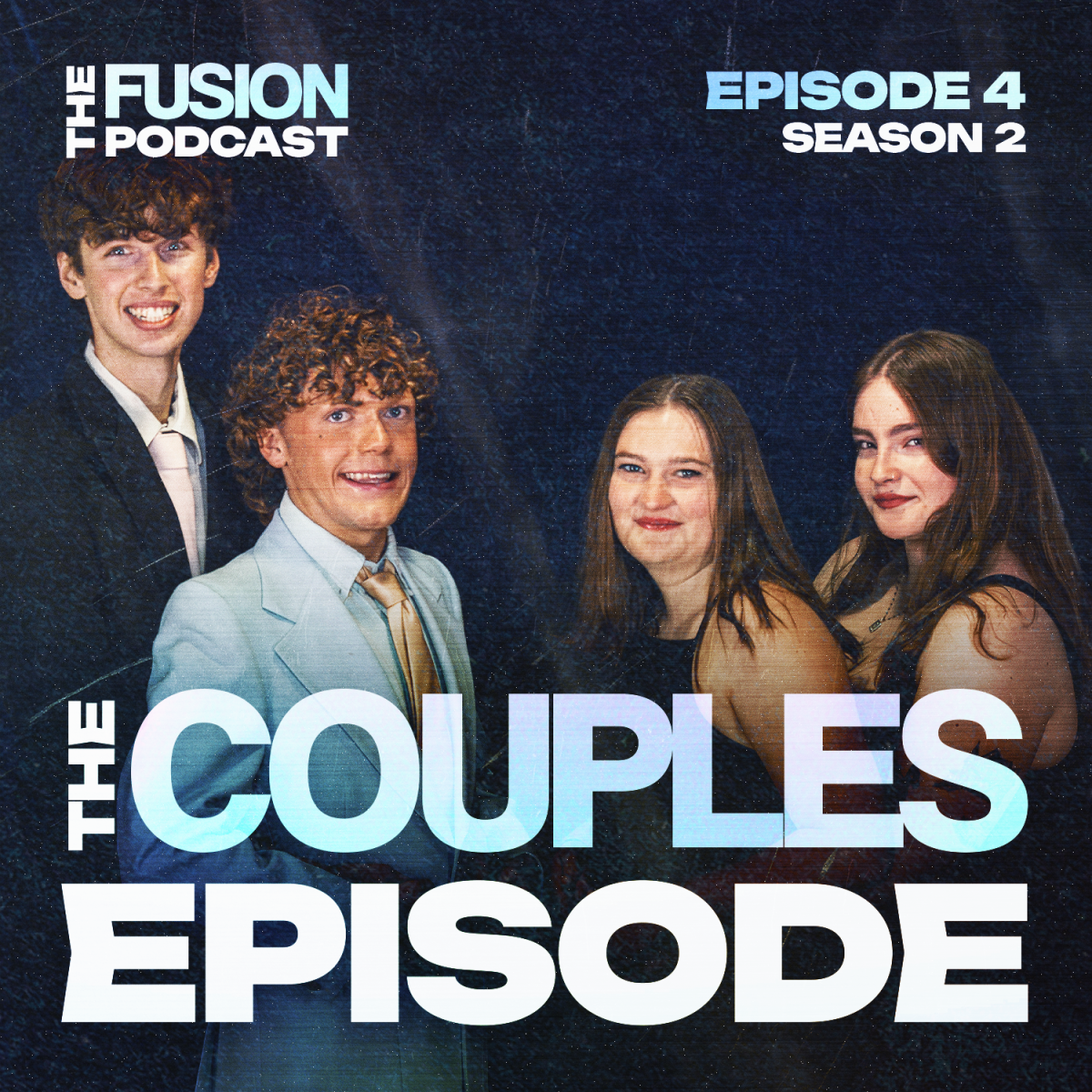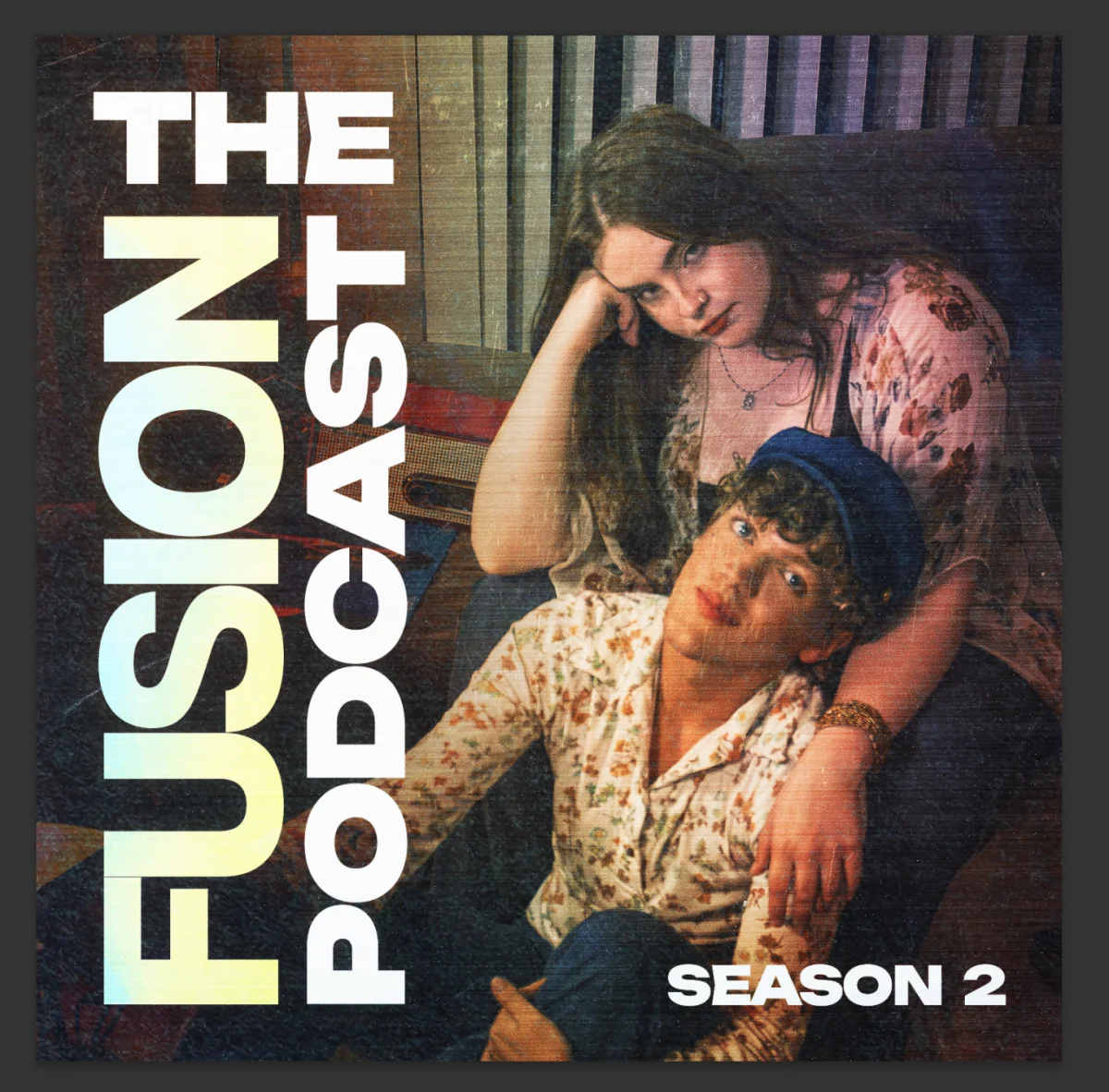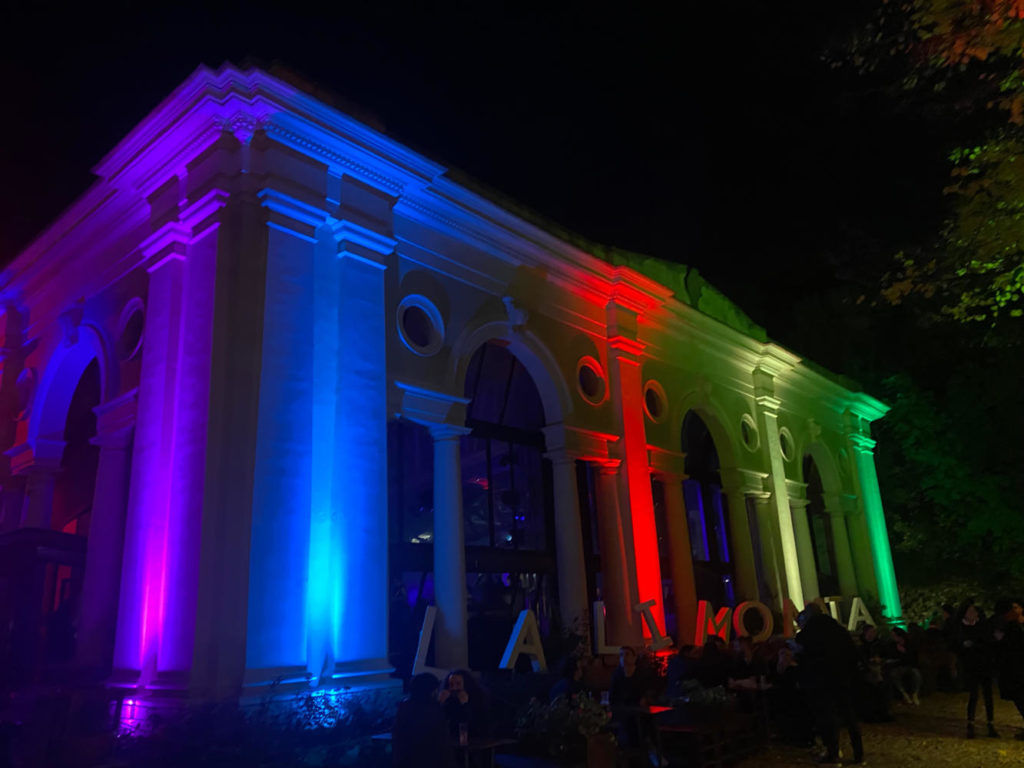
A Look Into Florence’s Queer Scene
Queer people have existed in every culture and Europe isn’t an exception. Actually, it was one of the modern pioneers for gay liberation, dating back to the end of the 19th century, with people like Heinrich Hössli who wrote essays about masculine love. Karl-Heinrich Ulrichs also wrote about “Research on the Mystery of love between men.” This movement for the normalization of same-sex love continued for the next few decades, up until the rise of the Nazi party. The organizations striving for human rights were dissolved and gay people were targeted. This didn’t stop the movement, it just became more discreet.
The post World War II era was interesting because nations began to reform previous laws banning homosexuality. Countries like Germany, France, England, and the Netherlands were the trailblazers in Europe for full gay liberation. Today, gay and trans rights in Europe, the Americas, and many other places have improved immensely.
All of this brings us to Florence, the capital of Tuscany, and one of the most iconic cities in Italy. Most cities have their niches, including a queer scene, Florence is the same. With a growing population of 710,000 people, a percentage of them will fall under the LGBTQ+ umbrella. Queer people coming together to create community is commonplace throughout history.
Something about Florence’s queer scene feels different though, no two cities are alike, and the same can be said with the people. This is why I come into the picture and why I’m writing this article. As a queer person studying abroad in Florence, I was missing the queer subculture at Kent. While here, it made sense for me to find the Italian queer scene. This started when I met Lisa and her boyfriend, Marco.
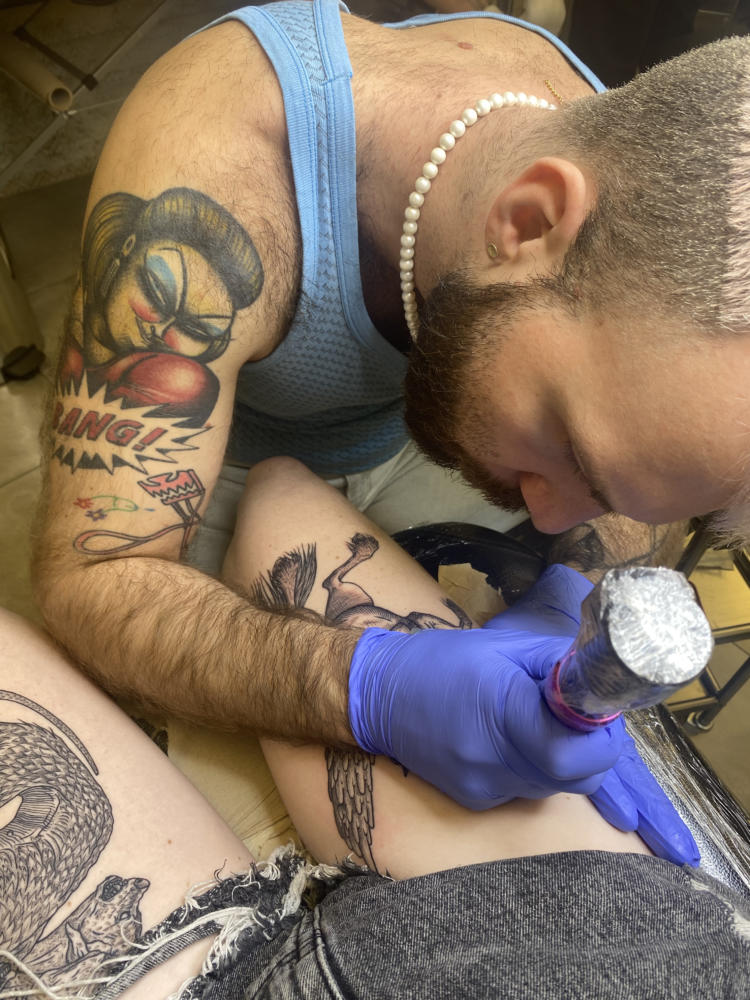
I met them in an interesting way. Whilst in Kent, I downloaded Tinder Premium so I could see the queer scene in Florence before I arrived. I matched with Lisa and we immediately hit it off. She explained that she and Marco are in an open relationship, meaning she uses Tinder and the same with him. We continued to talk leading up to my move to Florence, where I finally got to meet them in person. Lisa and Marco introduced me to the first queer bar here, called Queer ironically enough.
When I asked Lisa to tell me about the queer scene she said, “Florence seems quite welcoming — I’ve had some bad experiences, and some very good ones.” Lisa also went on to say, “The scene is big if you know where to find it. It’s still hiding from the cis-het people, and you need to know where to find queer people at that point. It’s on its own.”
After adjusting to Italy for the next few weeks, I planned to get some tattoos done, the only problem was I couldn’t settle on what tattoo artist I wanted to go to. It happened on a whim whilst scrolling through instagram, but I found Mattia and immediately was enthralled by his work. His style is mainly black fineline work with shading and etching, which was right up my alley. I was also drawn to him because he’s a queer tattooer, and being around other queer people makes me feel safe.
I’ve gotten tattoos and piercings done at a few different shops and been uncomfortable many times, because of the tattooers, as well as the atmosphere. Mattia told me to come in for a consultation, which put my mind at ease so I could see the studio and meet him. Inside I instantly felt safe.
After talking with Mattia a bit more, he told me his husband is a part of the main Florence drag show, The Shade. I asked Mattia a few things about the queer scene, and he told me, “The Shade is the first queer party and show in Florence. But it’s not only a party, it’s a community and a group of people who are creating the safe space we have been waiting for.” When asked to describe the scene in a single word he said, “Family.”

Mattia spoke on the positives, saying, “First the safe spaces we have are improving. A new idea of show and party, not only for gay cis men, but a place where everyone can be accepted.” He also discussed the negatives, “It’s not easy to maintain a safe place in a macho society, and Florence is not so open to the queer world I think. Especially the older people, they need to learn a new way to be inclusive and not only gay centered.”
Another formative experience for me is located right around the corner from the dance bar Queer. There’s another bar called Piccolo, which is more of a sitdown bar. For me it’s a great queer space where all the bartenders and the owner are queer, and they make it absolutely welcoming. It’s also less of a nightclub than Queer. I feel I can actually talk to and meet new friends. It’s a very different crowd; whilst Queer tends to pull in younger gays and older straight men, Piccolo mostly brings in adult queer men from ages 23 – 60.
There are obviously exceptions; two of the bartenders are a lesbian couple, and there are some older lesbian regulars. It’s something I’m really fond of as a younger queer person, I don’t typically know or have any older queer friends. The ones who lived through a much less accepting time. It’s refreshing to hear their stories, they’re something new compared to the queer friends I have here and back home, I relate to them but it can become truly monotonous.
It’s weird currently writing this knowing my time here is coming to an end. I feel in a way, I’ve made chosen family in the few months I have gotten to live here, that it feels so odd to go back home to the Kent queer scene I know and love dearly. I’m so absolutely grateful for this moment in time of getting to know Italian queer people and having such fond memories to look back upon.

